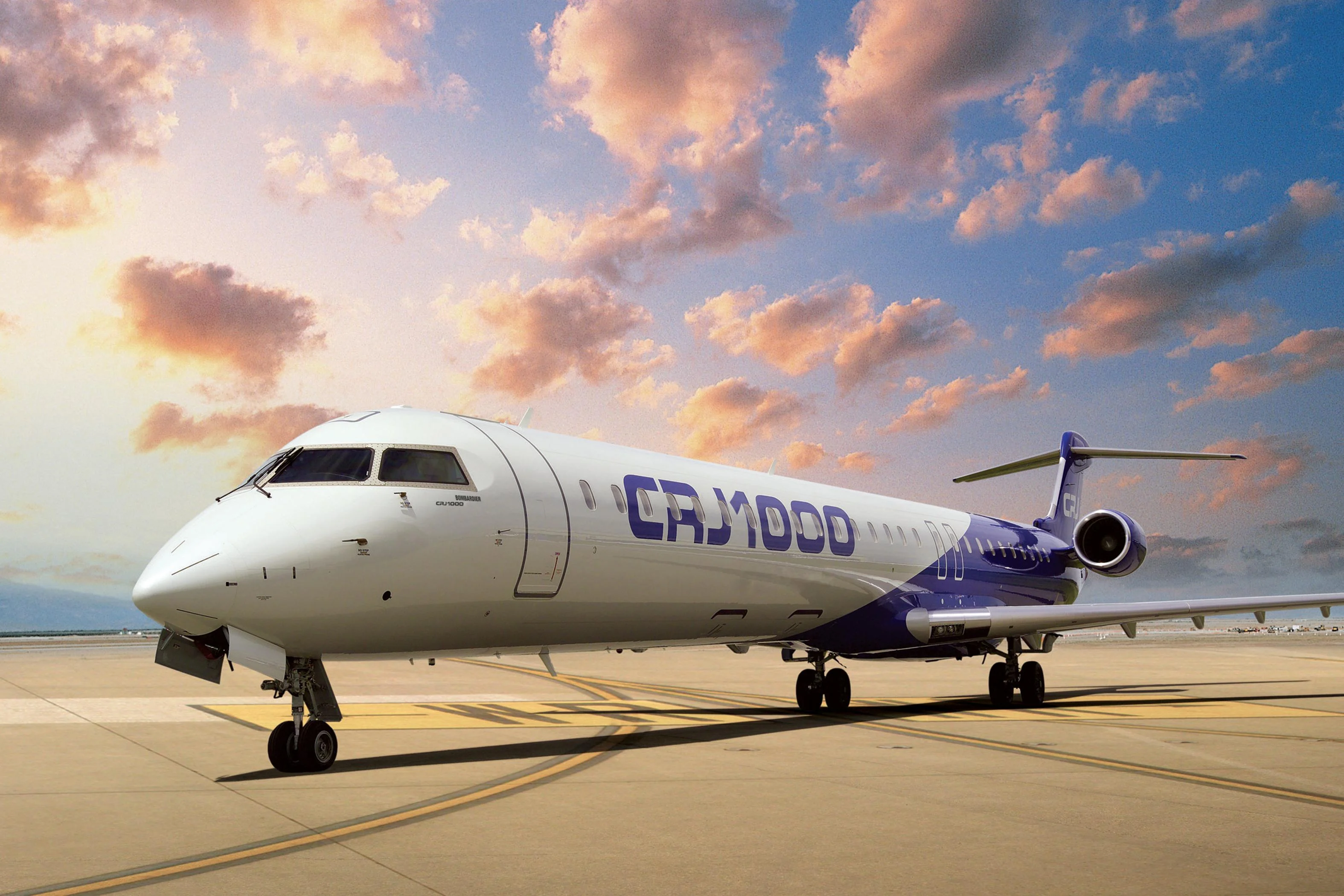
Bombardier Commercial Aircraft has identified approximately 450 regional routes in Latin America have been dropped over the past decade, saying that this represents about 16 million potential passengers per year that are not being served with direct flights.
The manufacturer's Market Forecast 2017-2036 for Latin America added there is a "great opportunity" to stimulate regional connectivity. It said that compared to other similar regions, Latin America would need approximately 2,600 intraregional routes instead of the current 1,700 markets with regular scheduled service.
The forecast predicted that the region's overall traffic is expected to grow 5.1 per cent annually and intra-regional traffic to grow slightly more than the world average at 5.6 per cent annually over the next 20 years.
Total deliveries in the 60- to 150-seat marked segment to Latin America are expected to number 1,050 aircraft, or 8 per cent of total world deliveries of 12,550 aircraft. Latin America deliveries will consist of 500 large regional aircraft (60 to 100 seats) and 550 small single-aisle aircraft (100 to 150 seats), which will double the size of the current fleet.
“With its dispersed population, the application of smaller-gauge aircraft is necessary in order to develop well-connected networks around the region," said Alex Glock, vice president, sales, Latin America and Caribbean at Bombardier Commercial Aircraft.
"Our main strategic growth driver will be the intra-regional connectivity, particularly targeting the smaller communities, which are currently not being served."
A separate report published by Airbus this week claimed that from 201 to 2036 Latin America and the Caribbean will need 2,677 new passenger and freighter aircraft to meet rising demand.
Valued at $35bn, this demand accounts for 2,084 single-aisle and 593 twin-aisle and very large aircraft. It also implies that the region’s in-service fleet will more than double from the 1,211 aircraft in-service today to 2,882 in the next two decades.
Of these aircraft, 1,006 will be for replacement of older-generation aircraft, 1,671 will be accounted for growth, and 205 are expected to remain in service.
Airbus' Global Market Forecast predicts passenger traffic to, from and within Latin America and the Caribbean to grow 4.4 percent annually until 2036.
The region’s domestic and intra-regional traffic will grow even quicker at 4.8 percent per year, while the highest traffic growth is expected to be on routes to the Middle East (6.1 percent) and to Asia Pacific (5.8 percent). A key factor fueling this growth is the region’s middle class which is expected to increase to half a billion people by 2036.
“We are optimistic about the long-term outlook for Latin America’s air transport sector now that we are starting seeing clear signs of economic recovery across the region, signaled by the region’s GDP, which is predicted to grow above the world’s average at three percent,” said Rafael Alonso, president of Airbus Latin America and Caribbean.
“Also, with long-haul traffic escalating we think Latin American carriers can capture market share that is currently being lost to foreign carriers on routes to Asia-Pacific, Europe, the Middle East and North America.”
